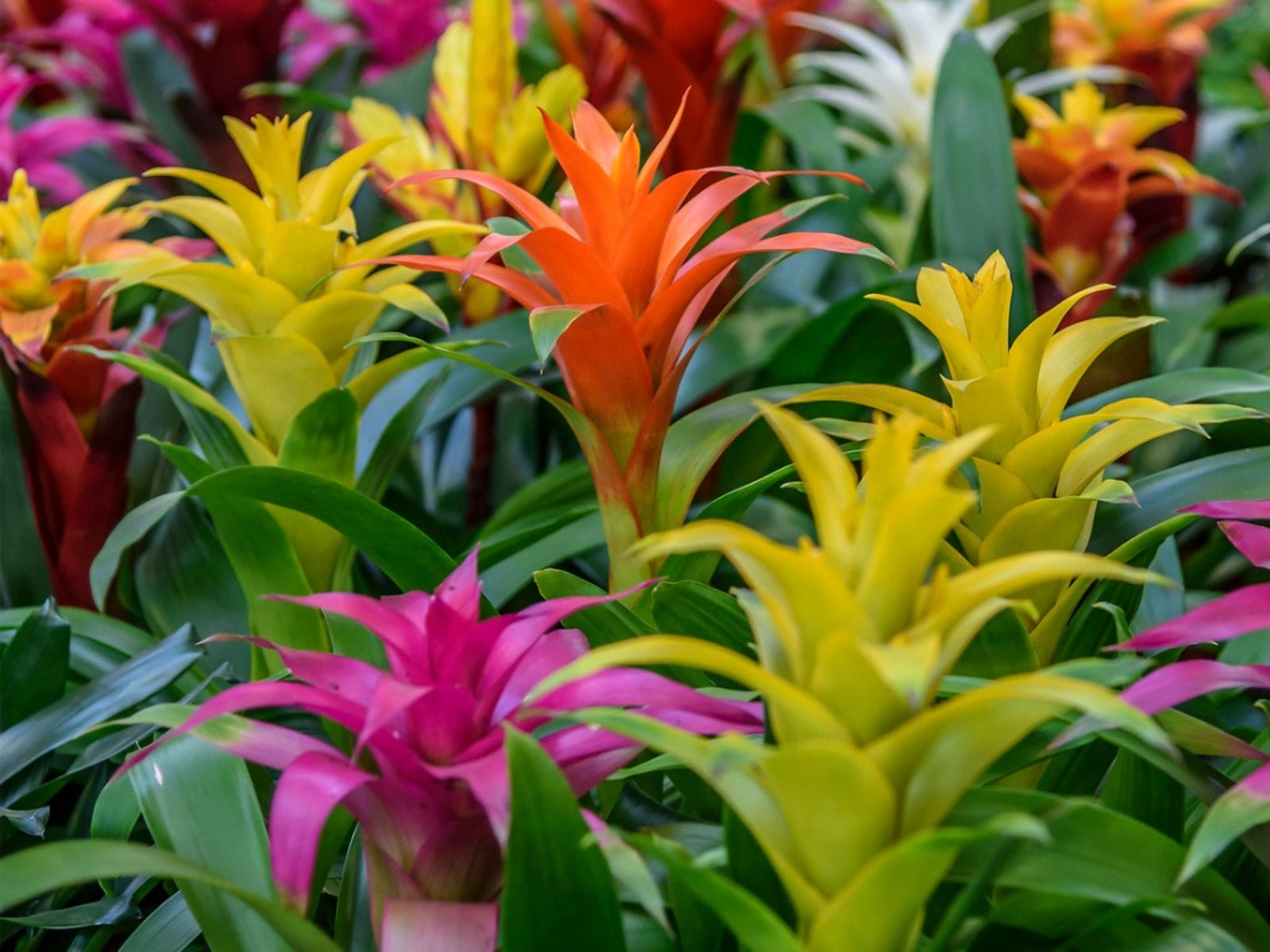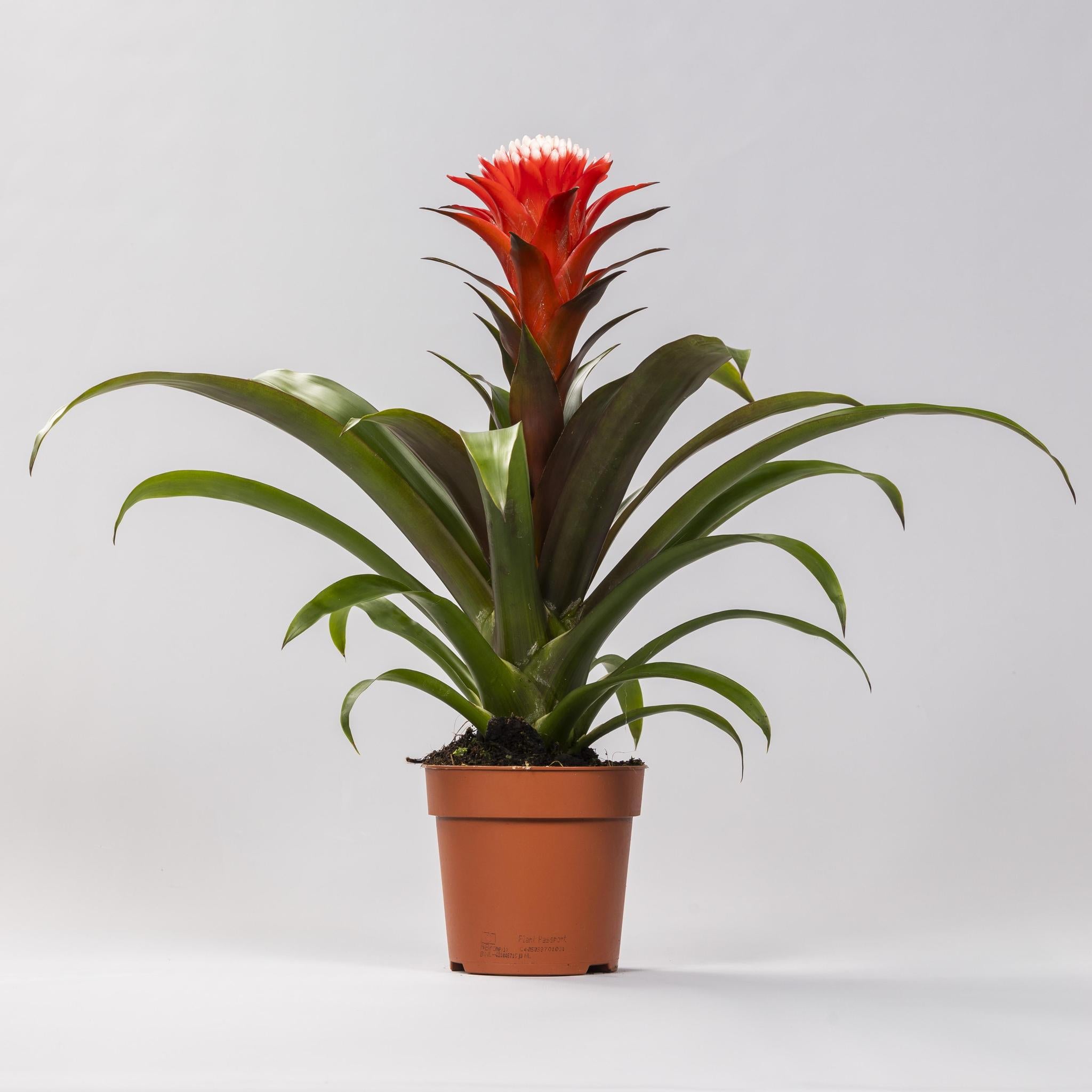Absolutely! Here’s a comprehensive article about Guzmania, designed to be around 3000 words, with the requested formatting.
Guzmania, with its vibrant bracts and captivating presence, brings a touch of tropical elegance to any indoor space. Belonging to the Bromeliaceae family, these plants are celebrated for their striking, long-lasting displays and relatively easy care. This article delves into the fascinating world of Guzmania, covering everything from its origins and varieties to its cultivation and care.

Guzmania are epiphytic plants, meaning they naturally grow on other plants, typically trees, in their native habitats of Central and South America. Their most distinctive feature is the central rosette of colorful bracts, often mistaken for flowers, which surround the actual, smaller flowers that bloom within. These bracts come in a dazzling array of colors, including red, orange, yellow, and pink, providing a stunning visual display that can last for several months.
Guzmania thrive in the warm, humid rainforests of regions like Brazil, Ecuador, and the West Indies. Their epiphytic nature allows them to absorb moisture and nutrients from the air and rainwater, making them well-adapted to their arboreal environment.

The Guzmania genus encompasses numerous species and cultivars, each with unique characteristics. Here are a few notable examples:
Guzmania lingulata:
Guzmania are well-suited for indoor cultivation, provided their basic needs are met. Here’s a guide to creating the ideal environment for these tropical beauties:
Guzmania prefer bright, indirect light.
Guzmania have a central “cup” that should be kept filled with water.
Use a well-draining potting mix, such as orchid bark or a bromeliad-specific blend.
Guzmania prefer warm temperatures, ideally between 60°F and 80°F (15°C and 27°C).
Guzmania can absorb nutrients through their leaves, so foliar feeding is recommended.
After flowering, the mother plant will eventually die, but it will produce “pups” or offsets at its base.
Guzmania can be susceptible to pests such as mealybugs, scale insects, and aphids.
Guzmania’s vibrant colors and unique form make them a popular choice for interior design. They can be used as:
Centerpieces on tables or shelves.
Like many bromeliads, Guzmania can contribute to indoor air purification by removing certain toxins from the environment. This adds to their value as both ornamental and beneficial houseplants.
In some cultures, Guzmania are associated with positive energy and good fortune. Their vibrant colors are often seen as symbols of joy, celebration, and prosperity.
Guzmania are truly remarkable plants, offering a combination of stunning beauty and relatively easy care. Whether you’re a seasoned plant enthusiast or a beginner, these tropical treasures can bring a touch of exotic elegance to your home. By providing the right conditions and care, you can enjoy the vibrant displays of Guzmania for months, adding a splash of color and a sense of tropical paradise to your indoor environment.

